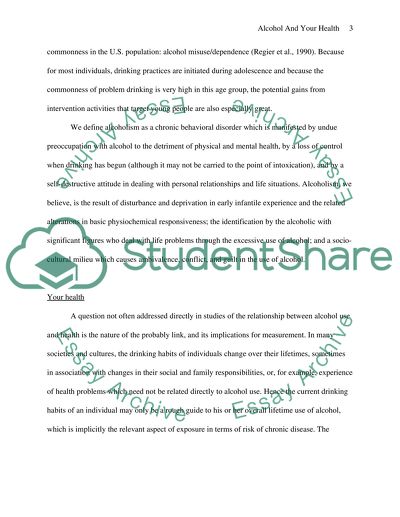Cite this document
(“Alcohol and its effects on the health Essay Example | Topics and Well Written Essays - 1750 words”, n.d.)
Alcohol and its effects on the health Essay Example | Topics and Well Written Essays - 1750 words. Retrieved from https://studentshare.org/sociology/1531524-alcohol
Alcohol and its effects on the health Essay Example | Topics and Well Written Essays - 1750 words. Retrieved from https://studentshare.org/sociology/1531524-alcohol
(Alcohol and Its Effects on the Health Essay Example | Topics and Well Written Essays - 1750 Words)
Alcohol and Its Effects on the Health Essay Example | Topics and Well Written Essays - 1750 Words. https://studentshare.org/sociology/1531524-alcohol.
Alcohol and Its Effects on the Health Essay Example | Topics and Well Written Essays - 1750 Words. https://studentshare.org/sociology/1531524-alcohol.
“Alcohol and Its Effects on the Health Essay Example | Topics and Well Written Essays - 1750 Words”, n.d. https://studentshare.org/sociology/1531524-alcohol.


